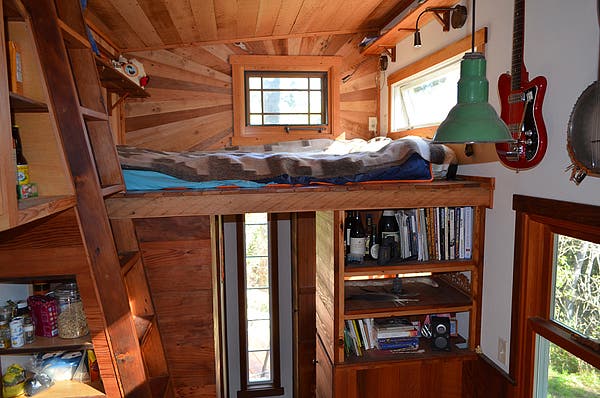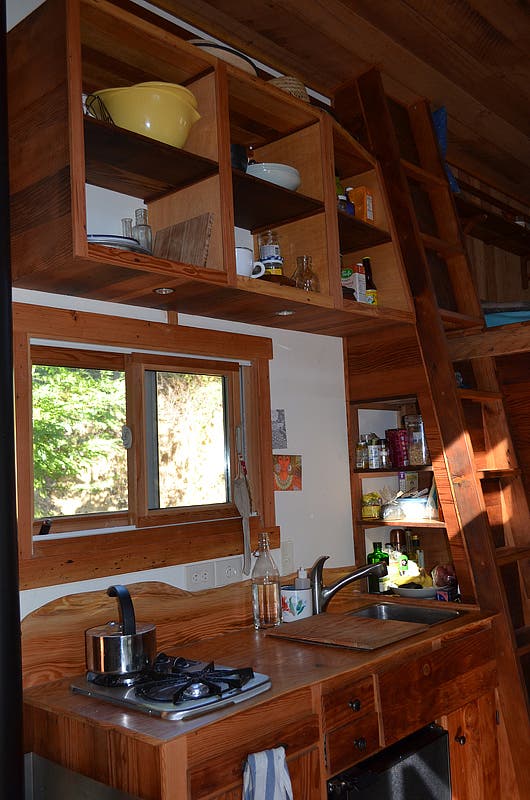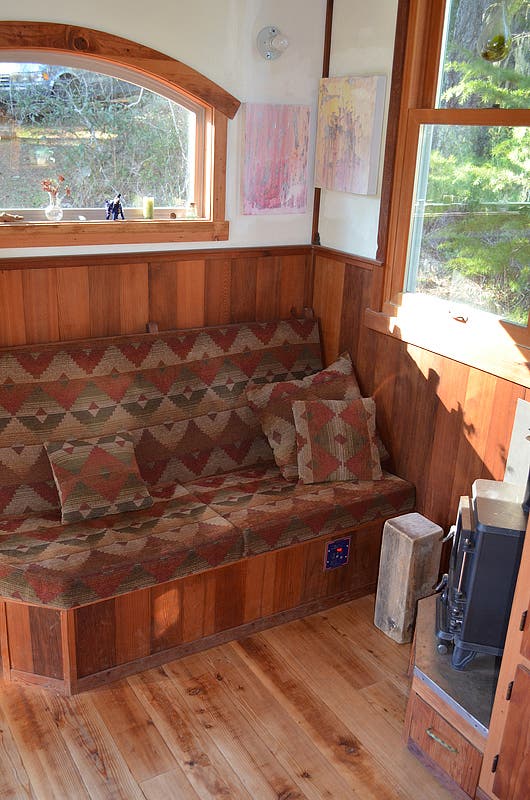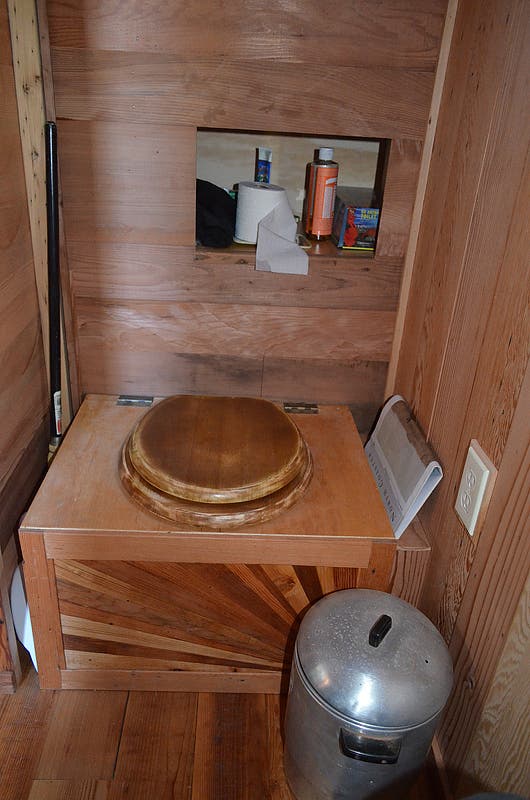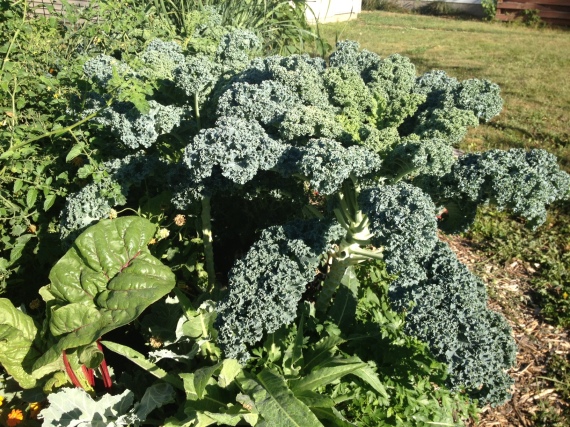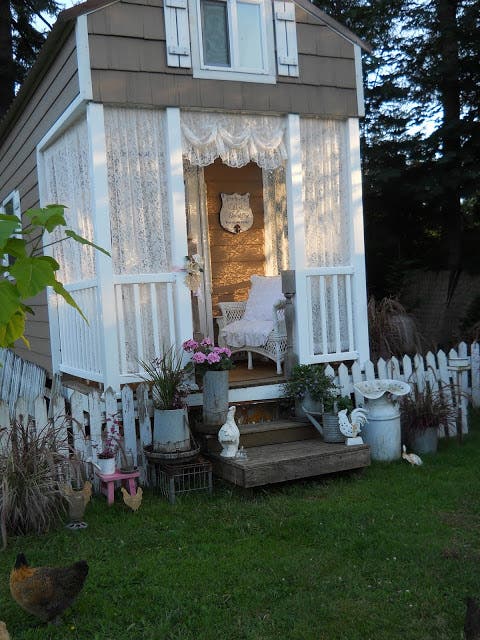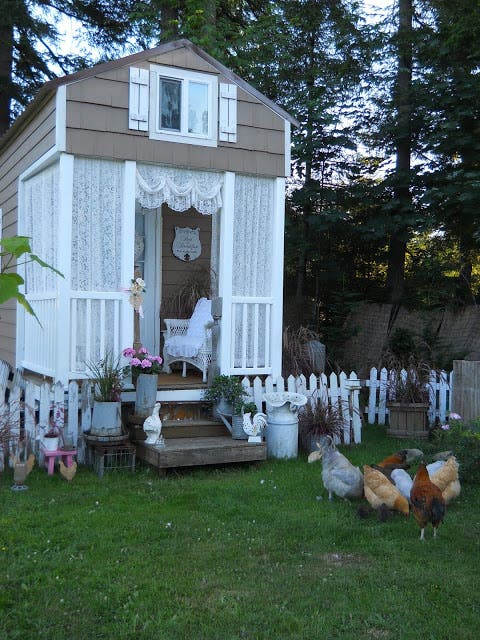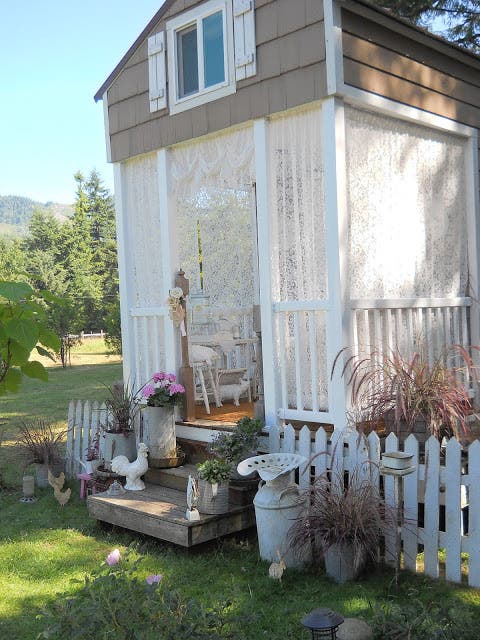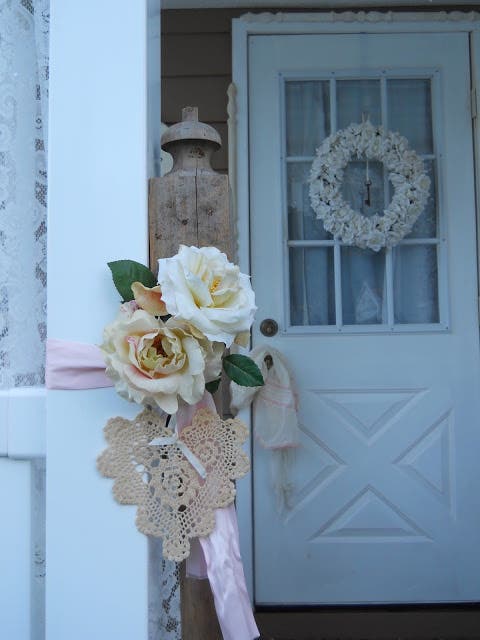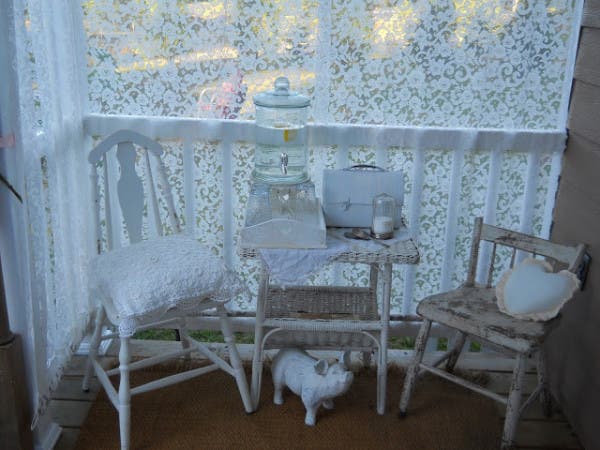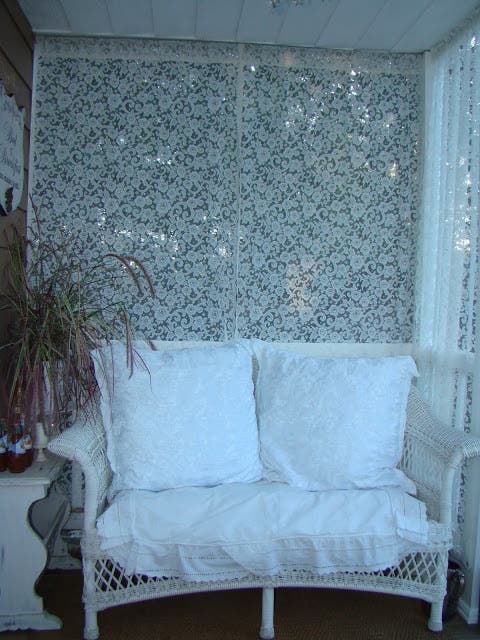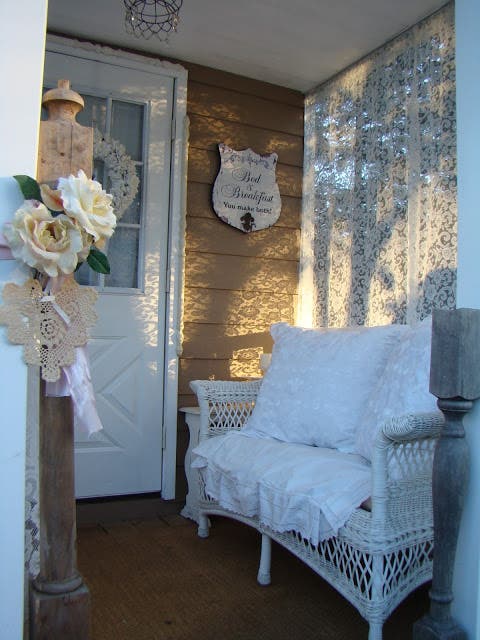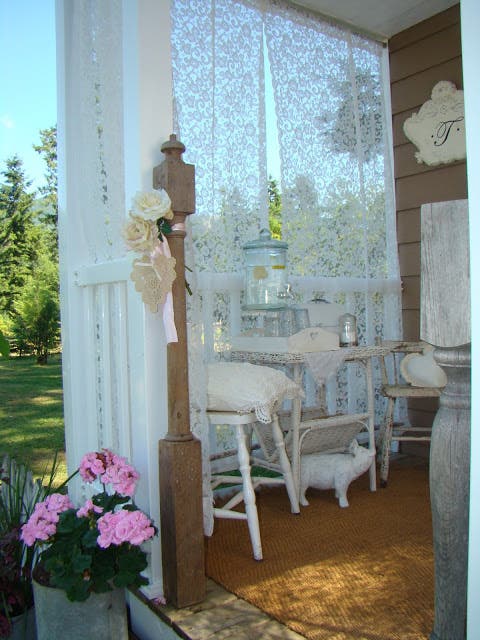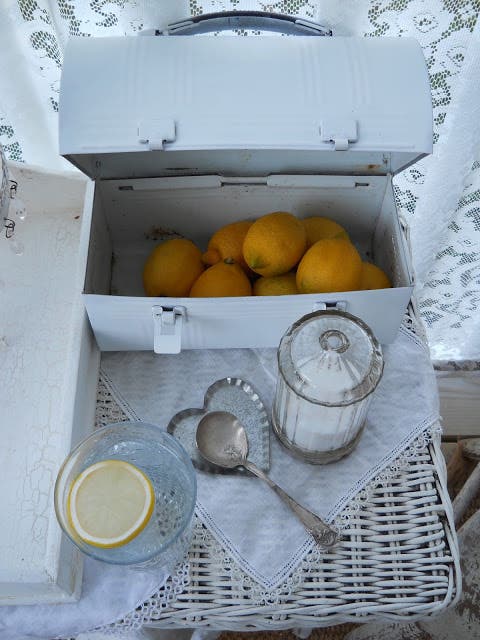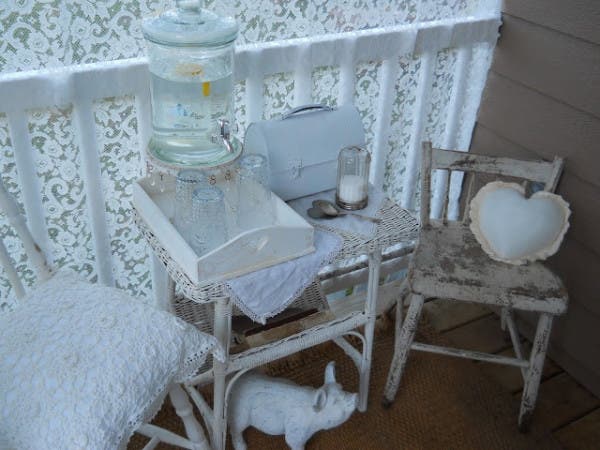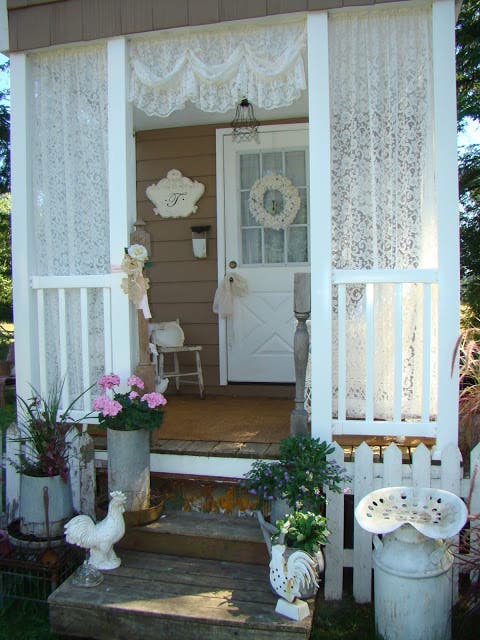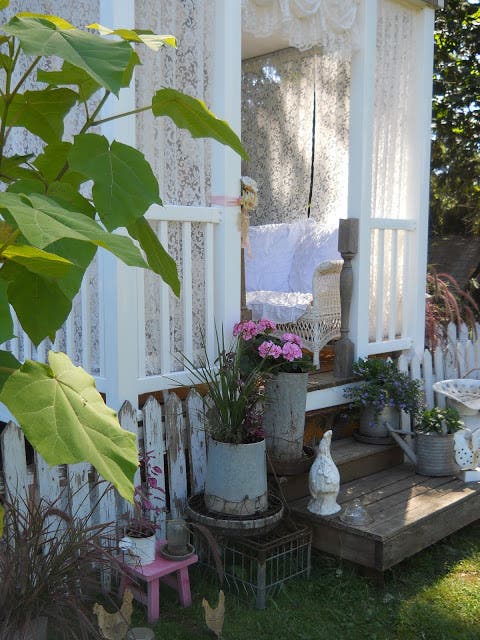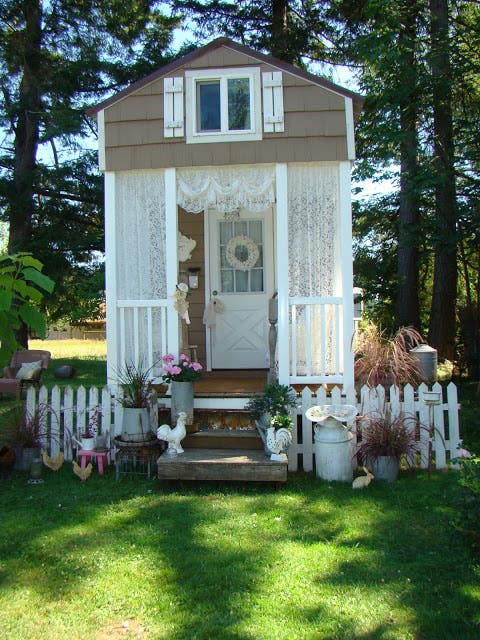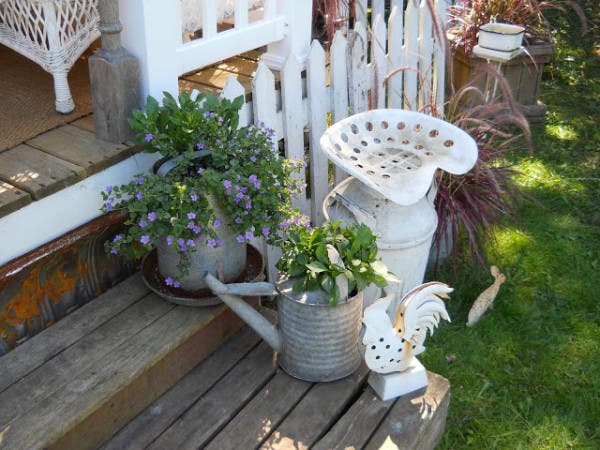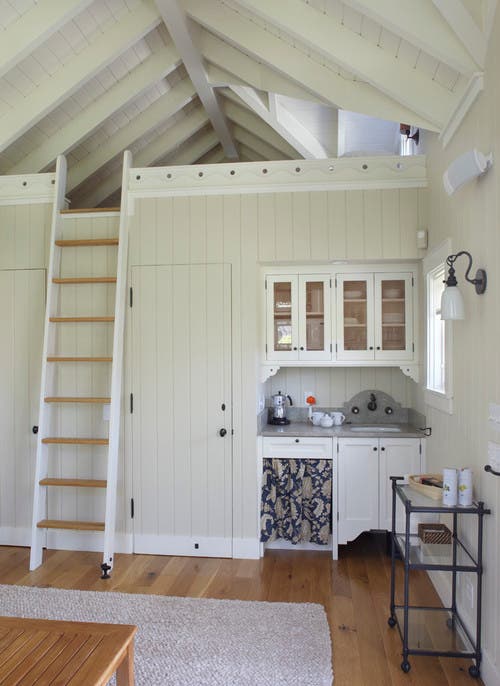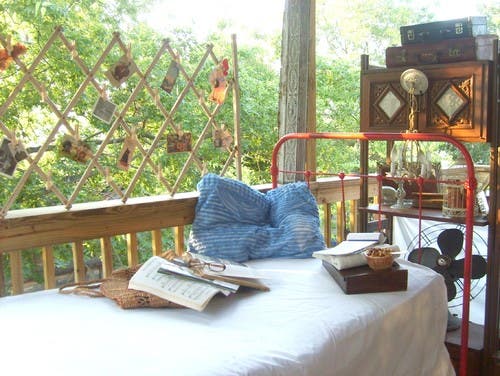 Alex Pietrowski, Staff Writer
Alex Pietrowski, Staff Writer
Waking Times
Imagine changing your life in such a way that you drastically reduce your debt, rid yourself of clutter and make a statement against consumerism!
Super-size Me
Over the last six decades, industry and emerging culture have over-inflated the American dream. What started as a vision of modest comfort has grown into a culture of super-sizing everything from food, to cars, to houses. In the 1950's, the average home size was just under 1000 square feet. The US National Association of Home Builders reports that by 2005, an average new home in the US measured 2414 square feet, dropping to 2100 square feet by 2009.
As a result of super-sizing the American dream, cities have sprawled into suburbs, where it seems almost impossible to live without at least 1, if not 2, cars, where home owners don't really own their homes but are trapped by high mortgage payments, filling their homes with stuff they can't really afford or don't need, and working longer hours to pay for it all. Has this become American culture?
Luxury or Prison?
What is your definition of a luxury home?
Many of us will think of a home with several thousand square feet, vaulted ceilings, plenty of yard space, 2+ car garage, open kitchen, and on, and on. But Jay Shafer, author of The Small House Book and The Tumbleweed DIY Book of Backyard Sheds and Tiny Houses, considers a 96 square foot house on wheels a luxury, while a "McMansion" is more like a debtor's prison.
Consider how much freer you would be without your mortgage payments, without as many maintenance requirements, without the worries associated with cleaning, organizing and decorating as many spaces throughout your home, spaces piled with stuff you're not really using or don't really need. The following video is an interview with Jay Shafer, where he shares his opinions about the freedom that you may gain when downsizing and de-cluttering, ridding yourself of unneeded space and stuff, and reducing your debt obligations.
Too Small for Your Safety
If you want to build a small home, you will quickly find out that it is actually illegal to build a home under a certain size in North America. You may also have a hard time securing the needed financing to do so. In the above video, Shafer explains how the building industry and the insurance companies have created building codes and zoning regulations, or what he calls "mandatory consumption laws", which hinder how small and where people can build their homes, as for example limiting certain sizes to trailer parks. The reasoning behind these regulations has been heavily weighed on our safety and well-being, although many codes, such as the minimum square food requirements per room, have little to do with either of these factors.
In many US cities, new homes have to be at least 750 square feet, and this can range up to 1600 square feet in areas where land is more expensive. The International Building Code (which outlines the building codes and regulations for North America, even though the name suggests otherwise) was set up by the housing industry with the goal of making the worth of a house comparable to the value of the land it is built on, thus justifying set property values.
 There are loopholes to working around the building code. Jay Shafer, for example, found how to make tiny houses fall under the trailer umbrella by putting the homes on wheels. Yet, most people would find it challenging to build simple and small. They would need resources to help then understand the codes and regulations and how to work around them. Also, they would need access to adequate funds considering that banks will not loan for new builds smaller than what is allowed by the code.
There are loopholes to working around the building code. Jay Shafer, for example, found how to make tiny houses fall under the trailer umbrella by putting the homes on wheels. Yet, most people would find it challenging to build simple and small. They would need resources to help then understand the codes and regulations and how to work around them. Also, they would need access to adequate funds considering that banks will not loan for new builds smaller than what is allowed by the code.
Outsmarting Consumerism
Our culture and industry have created a world where it is illegal to build and live in tiny homes. Is consumerism being forced on us? Has consumerism created the life you thought you are supposed to live?
Individuals like Jay Shafer are not only making their life simpler, but they are also making a statement against over-consumption, and to Jay, a statement of civil disobedience. Are you ready to create the life YOU want to live?
Visit these innovative companies' website for more information about tiny houses:
http://www.fourlightshouses.com/
http://www.tumbleweedhouses.com/
About the Author
Alex Pietrowski is an artist and writer concerned with preserving good health and the basic freedom to enjoy a healthy lifestyle. He is a staff writer for WakingTimes.com and an avid student of Yoga and life.
Sources:
http://www.wral.com/news/local/story/2443194/
http://www.nahb.org/news_details.aspx?newsID=12244
http://switchboard.nrdc.org/blogs/kbenfield/us_home_size_preferences_final.html
http://www.nahb.org/generic.aspx?genericContentID=145984
http://www.npr.org/templates/story/story.php?storyId=5525283
http://greenaerie.blogspot.com/
This article is offered under Creative Commons license. It's okay to republish it anywhere as long as attribution bio is included and all links remain intact.
by Kent Griswold on February 22nd, 2013.
3 CommentsChris Culbertson sent me this photo and says: "my girlfriend and I stayed in this tiny cabin which is used as a guesthouse. It is located on a ranch near Telluride, Colorado. It has an awesome sleeping loft, small kitchen, a living room, and has no running water. It was built using reclaimed materials, and although a bit for show, was a very nice design."
Thanks Chris for sharing! If you have a Tiny House in a Landscape photo please send it to TinyHouseBlog@gmail.com
Photo Credit: Chris Culbertson
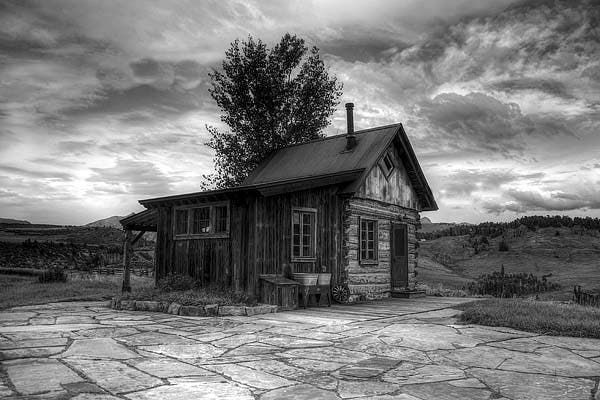
Here's a little bit of my tiny house building story and some of the things I learned in the process. I hope this information will help or possibly inspire a few future tiny house builders, in the same way I was greatly supported by all you guys who shared your stories before me. The best things about this project were the support I received from friends and family, and getting to learn so many new things this year.
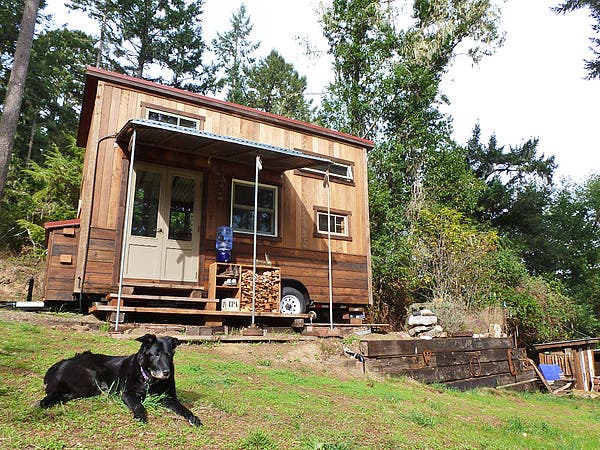
Before I started I had a little bit of experience building. I'd built a shed or two and some homemade plywood furniture. Until a year ago, the stuff I built was almost totally designed from a functional perspective. But a few months before I started my project I had the good fortune to work on a backyard shed with my friend Steve, who taught me all about using salvaged and old materials.
On my first trip to the salvage yard I had no idea how much things should cost, or even the difference between redwood and fir. A few weeks later, the idea of taking a little extra time to find beautiful materials and design things a bit more uniquely was starting to make sense to me. Turns out interesting and older materials (usually cheaper, and almost always more time consuming to get) really impact the feeling of the house.
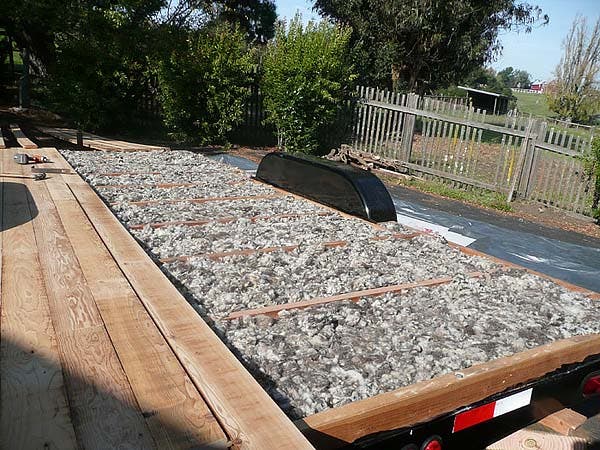
In order to get from the little experience I had to being comfortable building this thing, I relied on a few key online resources, including Dee Williams "Go House Go", "The Tiny House Construction Guide" and a great video from Tumbleweed showing the building process.
At first I was hesitant to pay for those e-books, but I quickly came to my senses and realized the cost would more than pay for itself by saving me time and money spent making big mistakes.
I designed the house myself, using Google Sketchup (which I had learned earlier that year for a couple other personal projects.) Of all the computer programs I've learned over the years, Sketchup has the best instructional videos I've seen, so I would definitely recommend it to non computer experts – a few days of practice and I think anyone could design their own house with it!
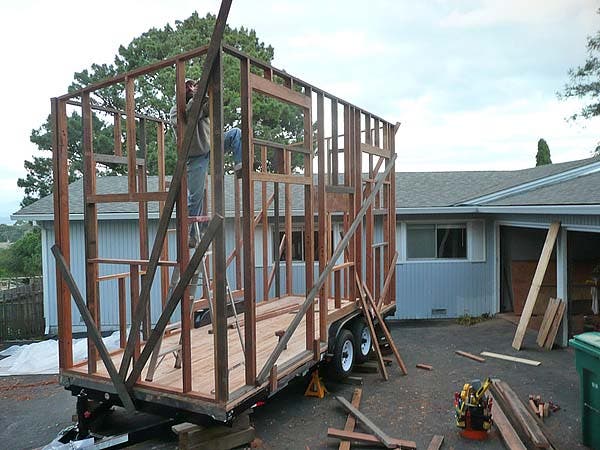
A few notes on the design of my house:
- I did a rough design based on the property I was planning to move to first. This was before I had the windows or any other materials. Then, after a month of searching to locate windows and doors that were roughly the correct size, I did a final design with those measurements.
- I chose the shed-style roof because I'm really tall and wanted to maximize loft-space. And I definitely wanted a couple of windows in the loft, so I could gaze out while lying in bed.
- It's on a standard 8×18′ "car-hauler" trailer. The manufacturer was willing to add some welded on "wings" so I could make my house wider, in exchange for not including some of the extra metal (d-rings, etc.) that usually come with such a trailer.

A few notes on materials and systems:
- Insulation in the floor, walls, and ceiling is wool from Oregon Shepherd, which I read about from Tammy Stroebel's project built by Dee. It was time-consuming to install, but otherwise a total pleasure to work with.
- Downstairs floor is reclaimed 1 1/2″ tongue and groove fir, upstairs floor is 3/4″ fir – both from a great salvage yard in Windsor, CA.
- Exterior is two batches of T+G redwood. One had been sitting unused in a friend's landlord's barn for 30 years, the other from a salvage yard in Petaluma.
- Interior wainscoting is that same 30 year-old redwood, with tongues and grooved ripped off.
- Ceiling, and much of the kitchen cabinet, is reclaimed fir from a house on the Russian River that was pulled apart by a carpenter friend. I re-sawed it in half, from 3/4″ thick down to about 5/16″, thus making a lighter ceiling and giving me twice the material. I used the same technique for the redwood hallway walls and closets.
- White walls are 1/4″ plywood from Home Depot. I went this route thinking that plywood would be lighter and stronger than drywall, and would add more visual light and less all-wood-monotony to the room. So far so good.
- Water heater is 10 gallon RV tank-style heater. My research seemed to say this was going to be more efficient than tankless. It's still hard to believe that's true…I might go tankless next time. But this does work well and I can take piping hot 10 minute showers.
- Fridge is high-efficiency Novakool, powered by AC or DC. (currently running on DC)
- Wood stove is "The Hobbit", by Salamander Stoves of the UK. It's an amazing stove, and from my research was cheaper (and more attractive) than similar small US-made stoves. Can't recommend The Hobbit highly enough.
- Water system includes two parallel supply lines: One for "city" water, if I'm hooked up to a friend's hose, and one for "gravity" water, with an RV water pump to boost the pressure in case the incoming water doesn't have enough. (Which is the case at my current semi-rural location.)
- Electricity is 100% solar, coming from two 225 panels and six Trojan
- T-105 batteries. House has AC and DC lighting. (Water heater, fridge, and RV water pump are also DC.)
- LED tape lighting around the upper part of the walls is super-efficient and can't be beat for creating a comfortable ambience.
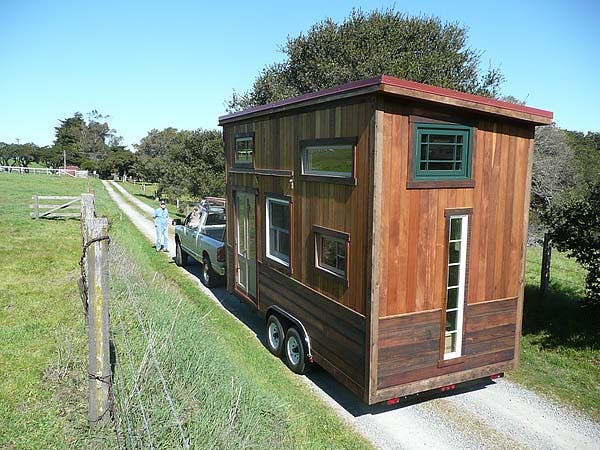
The schedule of my project was roughly:
2011:
- September 2011 – research and design
- October 2011 – gathering materials (especially lumber, windows and doors, and the trailer)
- November 2011 – January 2012: building the outside and getting waterproof
- February 2012 – March: researching plumbing and electrical
- April 2012 – plumbing, electrical
- May – June 2012 – interior
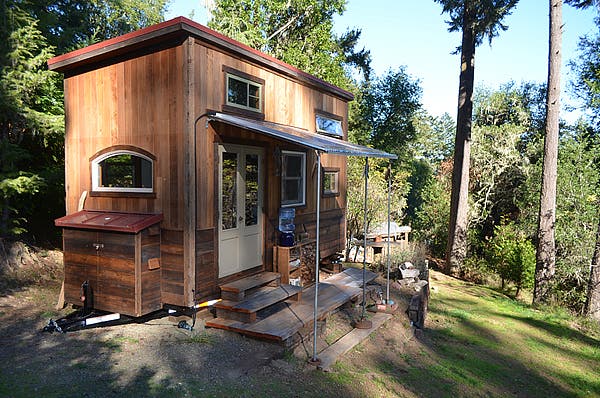
I did most of the building myself – but early on I decided that while my pride wanted to be able to say "I did it all myself," that was actually a recipe for loneliness. So I begged and traded for as much help as possible, and was blessed to know incredibly skilled people who sped up my learning curve immensely. In order to feel any degree of confidence that my house wouldn't fall apart, my contractor friend's advice made all the difference. Tony sacrificed his back-health to get the four walls up, and freely offered consultations on everything from solar to framing to, well, everything. I would have imploded or gotten totally stuck on the electric and the plumbing, without help from Jim and Michael. Bruce and Duncan shared tons of amazing cabinetry and furniture-making wisdom, as well as the use of some pretty deluxe tools. I had a great time working with both of my parents, who each stepped in and helped me with many crucial aspects of the project. And four amazing angels shared with me their beautiful property on which to build my house, and gave me a room to stay in until my house was liveable.
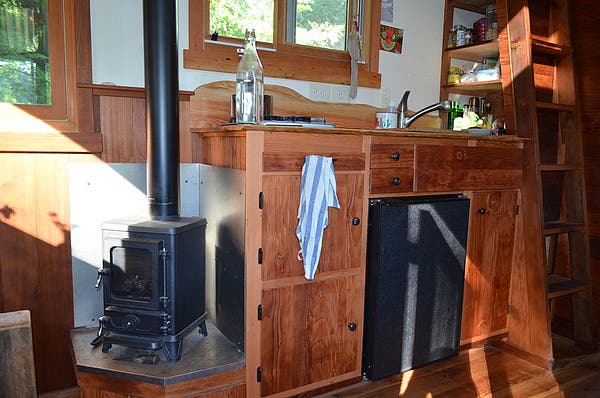
I've tried to keep this story brief, highlighting practical information for future tiny-house builders, but I did a ton of research (thank you tiny house community!) and I'm happy to share more about anything. Ask any questions you like in the comments section below if you're building or thinking about building your own tiny house.
